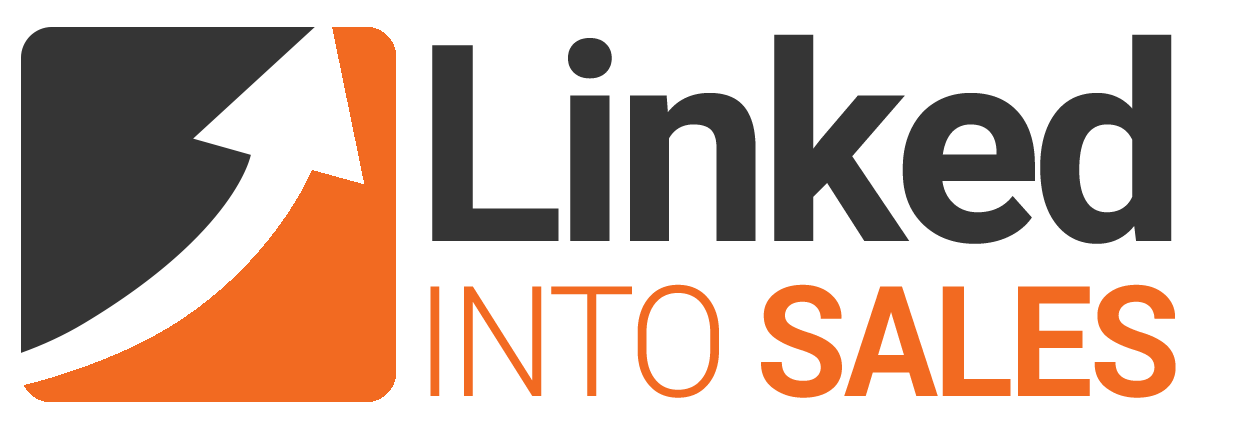
If you’re looking to grow a strong personal brand on LinkedIn one of the key elements is having a well-optimised profile. You want your landing page to be as strong as possible.
You want to talk to your ideal clients and convey whom you help and how you help them. You want them to stay on your page and find out more about whether you are the right person to help them with the thing they need help with. You want to position yourself, your company and your solution as a credible option for potential buyers.
A key element of being seen as a credible potential supplier is having a strong recommendations section on your profile. In this article, I’m going to discuss this and help you to put a recommendation strategy in place.
Why are Recommendations Important?

Recommendations are important for a number of reasons.
1. Credibility: It’s very easy to say you’re the best at this and that but without proof of how good you really are at something; it can’t be validated. Recommendations are social proof that you have achieved, you have impressed, you have helped, and you are a person who does deliver.
2. Builds Trust: in order for someone to take action with you, whether this is in business or in a career, trust is required. Recommendations help with building trust and statistically 84% of people trust online reviews as much as a personal recommendation.
3. Marketing tool: recommendations are an effective marketing tool. Having strong recommendations on your profile will increase the effectiveness of your profile. In addition to this, your recommendations are excellent posts to provide your following with evidence that you produce results.
4. Influences Decisions: The ultimate goal for recommendations is for them to influence a buyer (or a potential employer). You want them to read the recommendations, leave an impactful impression, strengthen their opinion towards you, and ultimately for them to take action.
What Recommendations are best?

Getting LinkedIn recommendations isn’t that difficult.
You can create a list of some friends and colleagues, ask them for recommendations, and publish the ones you receive on your profile. Really simple.
The problem with this approach is these recommendations will be vague, generic, potentially irrelevant and consequently of low value.
So what recommendations are best?
Not all recommendations are equal and the type of recommendations will vary depending on whether you’re a business or an employee looking for their next role.
For businesses, reach out to clients. Client testimonials will show what you have delivered and achieved for them. If possible, gain testimonials for clients in the niche that you’re targeting on LinkedIn. The more relevant the better. You can also reach out to influential individuals whom you may have another business relationship with that can add their weight to strengthen your profile.
For employees looking to strengthen their profile, the higher up the corporate ladder the better, but bear in mind these people should have experienced you and what you have to offer. Certainly, seek a recommendation from your current manager. Receiving recommendations from peers is ok, but if you have recommendations from job tiles the same as the decision-makers for your next job, you will be far better positioned.
Recommendations Strategy

So what strategy should you follow?
1. Know your skills: as mentioned briefly above, ask for recommendations from people who have worked with you and know your skills and experience. Without this, your recommendations will come across as weak and be more damaging than beneficial.
2. Timing: when you receive positive feedback from someone you haven’t yet got a recommendation from, seize the moment. Not only does this increase the chances of actually getting one, the person will also remember the value you have brought. Don’t feel shy, go for it.
3. Make it easy for them: take note of what someone said and repeat it back to them. You can even offer to send them a draft of this that they can tweak. If you make it too difficult for someone to give you a recommendation, more often than not, they won’t do it. Many will have no idea what to write.
4. Personalisation: when you send the request personalise the message and don’t leave the default message. It’s in your interest to get this recommendation so take a little extra time.
5. Number: the more the merrier. If you have 1 or 10 recommendations it makes a difference. Having more people say you are good at what you do will increase credibility and trust.
6. Frequency: when I go on someone’s profile and see that the last testimonial was 10 years ago, my immediate thought is, have they not done anything good in the last 10 years? This is unlikely to be true but sows a seed of doubt. What you should aim for is a steady flow of testimonials and seize the opportunities when they arise.
Recommendations Process
The video below will show you the process of how to ask for recommendations.
Conclusion
The most common mistake I see on people’s LinkedIn profiles is not having enough, recent or relevant recommendations.
Recommendations are all about credibility, which leads to trust. How does someone know you are any good at what you do with no social proof? Why would someone buy from you (or hire you) and ‘take a chance’? Most of us are good at what we do, but not enough of us ask others for that social proof.
In order to ensure that at any point in time in the future your profile looks in good shape, implementing a recommendation strategy is essential to help support your business development activities.
If you currently have no recommendations or old recommendations, do something about it. Send a recommendation request today and start building that social proof.



